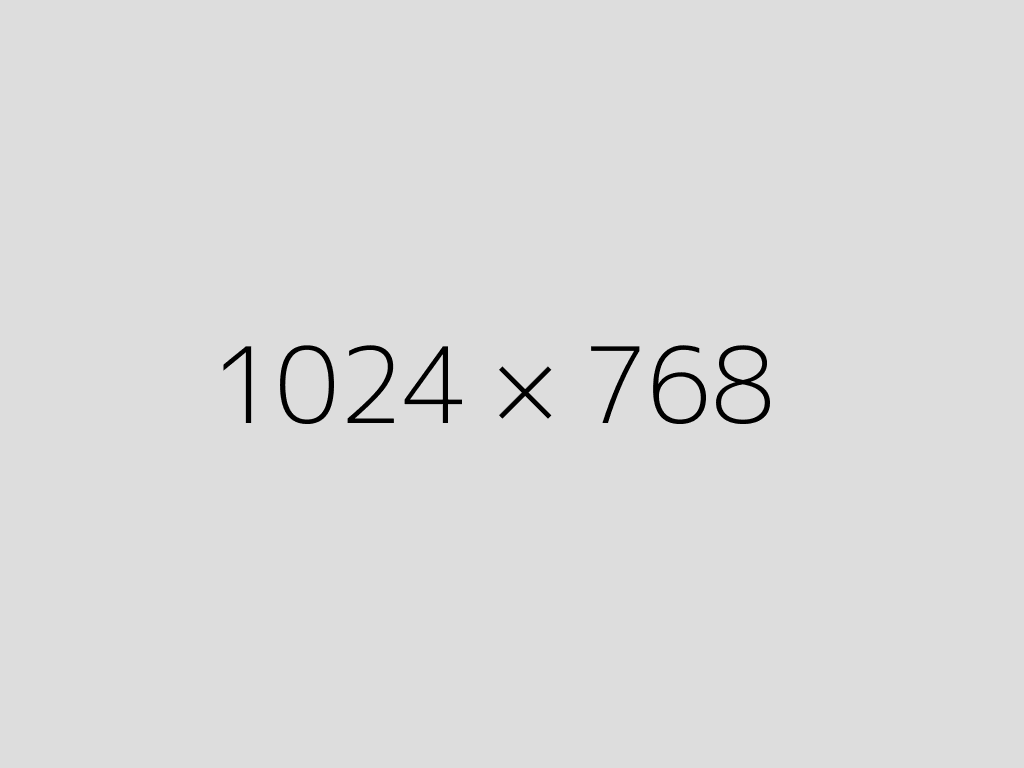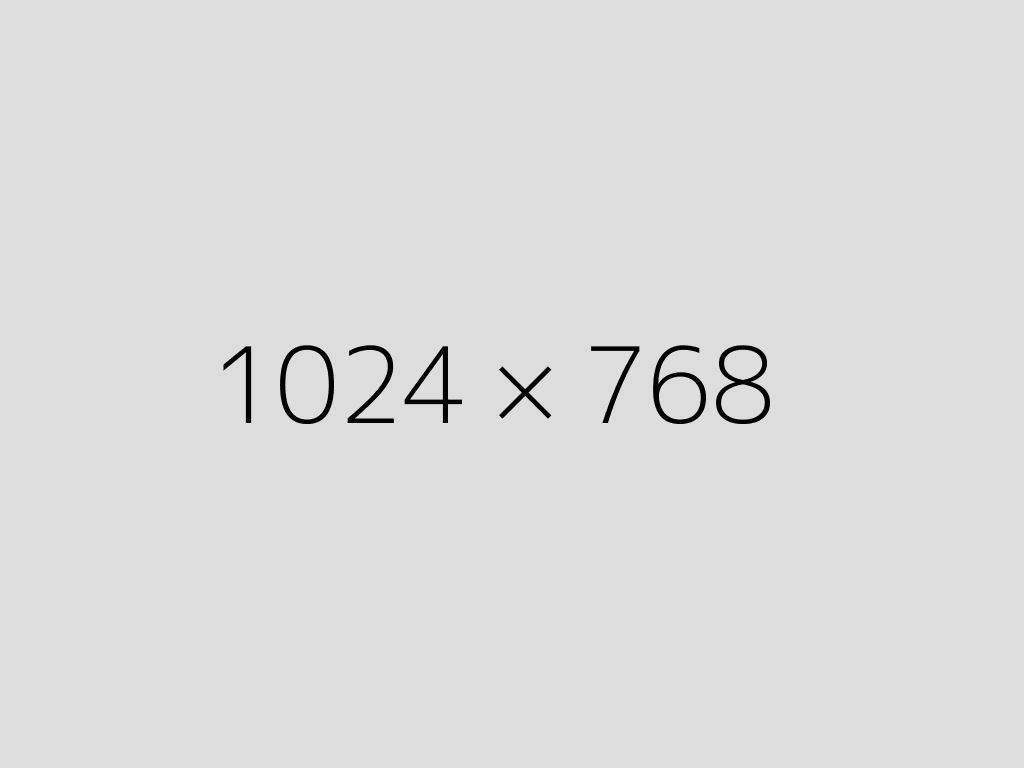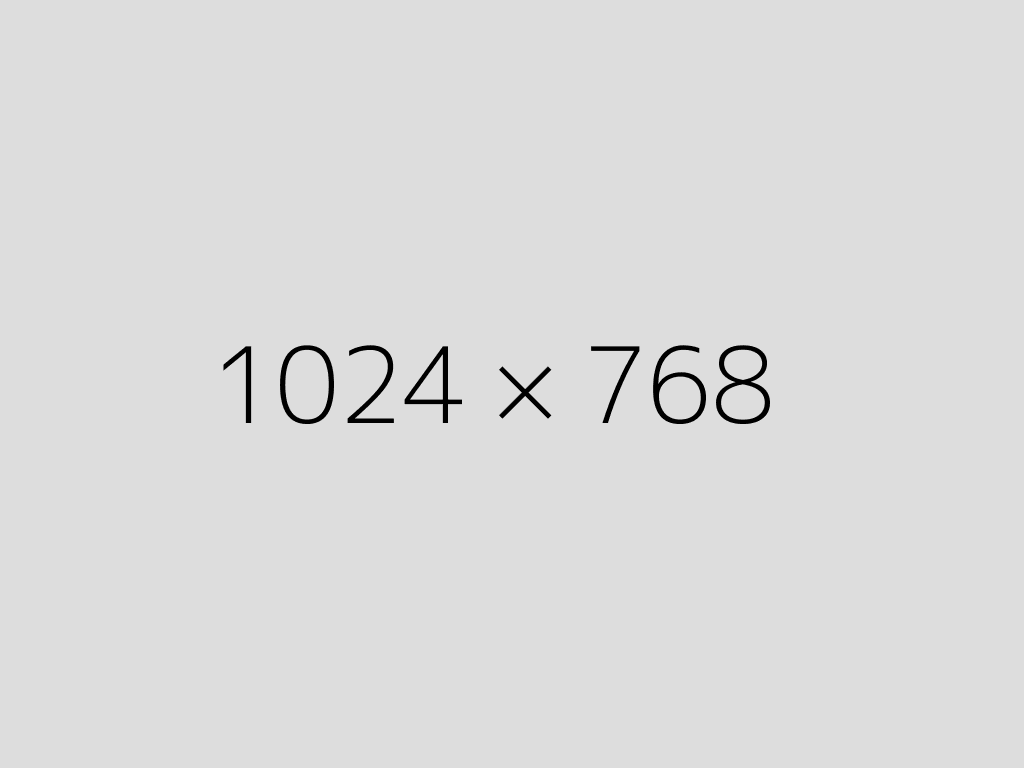Rigid transoral endoscopes (Hopkins rod) tend to come in two configurations based on the angle of view; 70° and 90°. Sometimes a quick focus ring is added. In general, the larger and solid glass transmitting the image in a rigid endoscope carries more light than flexible endoscopes.

Although there is an eyepiece, I'll admit to never having looked through it directly. I have always attached a camera, a C-mount style camera. A recording which can be viewed mutiple times is too valuable to be trusted to the memory of a naked eye view.
Because of the C-mount lens, higher resolution chip cameras are available for attached cameras when compared to chip-on-tip cameras on flexible endoscopes.

Benefits
Benefits of a rigid endoscope include:
- a high clarity image.
- the endoscope can be attached to a standard definition camera which may be upgraded with a high-definition camera later.
- The perpendicular view of the true cord vibrating margin highlights mucosal edge lesions. Especially when attached to a stroboscope, mucosal lesions on the margin of the membranous vocal cord stand out in high contrast against the background of the dark trachea.
- With a cooperative patient and extreme depression of the tongue, a rigid scope can sometimes be tilted nearly into the laryngeal entrance and the cords examined extremely close up.
Disadvantages
The potential pitfalls of the rigid endoscope are that:
- It usually provides only a single perspective view - straight down from above.
- Various anatomic structures can obstruct the image (uvula, base of tongue, epiglottis, posterior pharyngeal masses, supraglottic squeeze).
- Gagging may preclude an examination altogether.
- Depending on the amount of light, there is a relatively narrow depth of field. It can be difficult to put and keep the desired pathology in sharp focus.
- Functional evaluation is limited, because the tongue is often stabilized by the examiner’s hand.
Discussion
I most commonly reach for a rigid endoscope when I suspect a surface lesion on the vibrating edge or margin of the vocal cords, such as nodules or polyps.
I prefer the 70 degree scope as it can be inserted at a much higher angle which pushes the tongue down. This moves the scope is closer to the vocal cords, so that more light reaches the vocal cords making the image clearer. More of the pathology then fills the video frame.

View during stroboscopy of a left vocal cord hemorrhagic polyp using a Pentax Medical rigid 70 degree endoscope with the camera turned 90 degrees to align the vocal cords with the long axis of the camera. The vocal cord margins are very distinctly seen.
Anesthesia
Topical anesthesia such as lidocaine may be sprayed onto the soft palate, posterior pharynx and base of tongue. I use 4% lidocaine. Some people can be examined without anesthesia, athough many cannot. I prefer a longer, more thorough exam, rather than a brief glimpse. Most of the gag seems to come from the back of the tongue. Touching the back wall of the pharynx in most people does not cause a gag. It is easier to avoid the tongue with the 90 degree endoscope.
